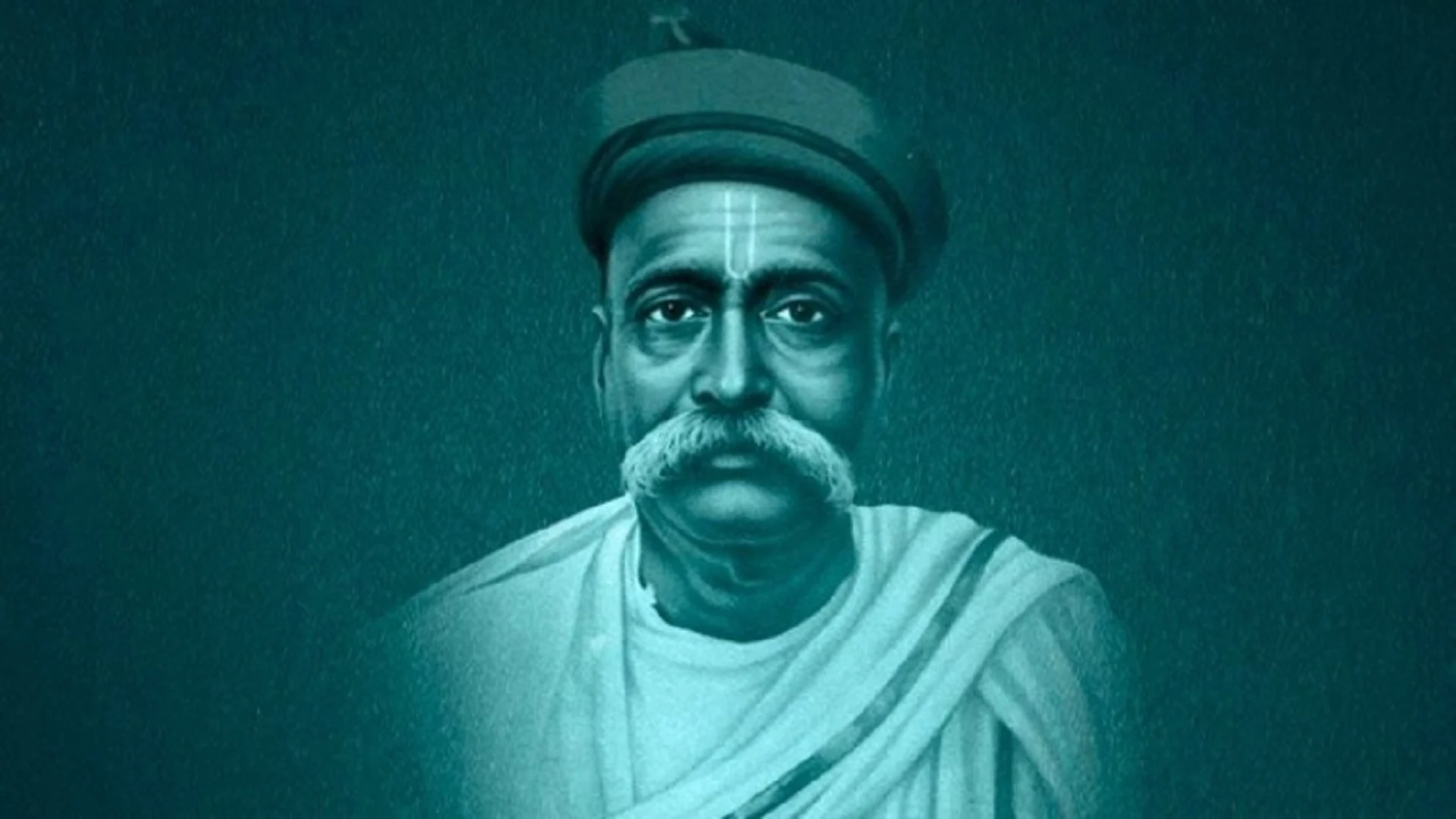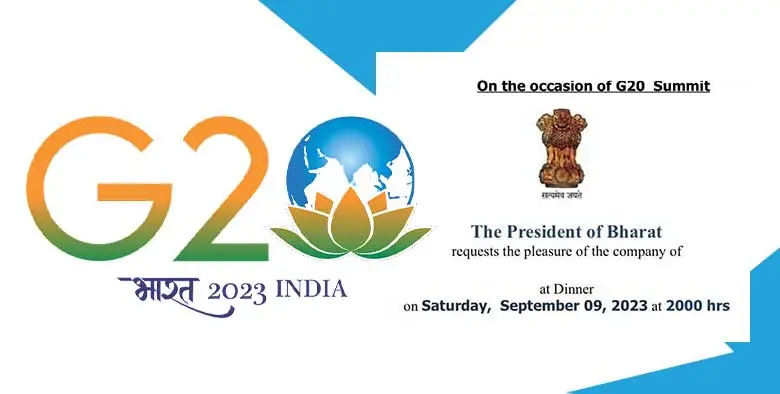Role Of Bal Gangadhar Tilak In Restructuring Of Mumbai Police
The independence activist, fiery Indian nationalist, a teacher, and the editor of the newspaper ‘Kesari’, Lokmanya Bal Gangadhar Tilak, gave his blood and sweat to make India free from Britishers. He is known for his famous quote, ‘Swaraj is my birthright, and I shall have it’, which became his motto for the rest of his life.
Lal, Bal, Pal were largely known to be the freedom fighters, but very few people know the contribution Bal Gangadhar Tilak made in shaping the structure of the modern-day Mumbai Police. Along with initiating the Indian Independence movement, Tilak accelerated the launch of ‘Special Branch’, in Mumbai police departments, which got the reputation of being at par with Scotland Yard. Tilak also contributed in introducing armed wing, which gave new heights to the Mumbai police.
Bal Gangadhar Tilak’s Conviction
On July 22, 1908, the one-third of the Lal Bal Pal triumvirate, Tilak (52), was arrested for his ‘seditious’ writings in his newspaper. For this, he was convicted by the Bombay High Court and was deported to Mandalay in Burma for six years. As the conviction was announced, around 4 lakh textile mill workers of the Bombay city went on a six day flash strike, which brought the city to halt. This strike led to a violent protest, and it forced the deployment of army to control the situation.
The staff of the Bombay police hailed from the same class as that of the protesters. Thus, they showed sympathy to the protesting mill workers. As a result, these policemen refused the orders to open fire at the protesters. Noticeably, around 75% of the policemen hailed from coastal Ratnagiri district, and even Tilak belonged to Chikhalgaon in Ratnagiri.
Police Response To Protesters
Addressing the police’s response to protesters, C.J. Stevenson Moore, officiating Director, Criminal Intelligence, wrote to Sir Harold Stuart, Officiating Secretary, Home Department, Government of India, on 5th August, 1908. He stated, “I am compelled to say that the ignorance of the Bombay police for engineering the strike is terrible”. As a result, in September 1908, Governor Sir George Clarke (Lord Sydenham) suggested a comprehensive re-organization of the police.
Edwardes who was asked to submit a report on the matter went to England on leave after report submission, where he was informed that the Bombay Government has decided to appoint him as the commissioner of police. Edwardes took charge as the police commissioner in May 1909, and he was the first and only ICS officer to do so. When Edwardes took over, he noticed that the investigation was hampered due to lack of proper resources, well-equipped police stations, no proper records of the case, and even lack of proper place to hold prisoners. Following this, the committee focused on the need for a definite number of well-equipped police stations in each division.
As a result, by the end of 1910, a program for new police stations was sanctioned. By the end of 1916, 13 out of 17 proposed model police stations were functioning.
Other Contributions Of Tilak
Bal Gangadhar Tilak also promoted the launch of armed branch of police in 1895. The reason for the establishment of new branch was the communal riot which erupted at Hanuman temple in Pydhonie on August, 1893. At that time, communal riots between Hindus and Muslims became a common thing, and Tilak sided with the Hindus.
He also said that the British government should be impartial to communal conflicts. However, Governor Lord Harris, blamed Hindus for the riots, which added fuel to the fire among Hindu’s community, as they started to consider Muslims and British Government as their enemies. Before that event, Moharram was a popular thing even among the Hindus in Maharashtra. However, by 1893-94, riots became common in the state.












